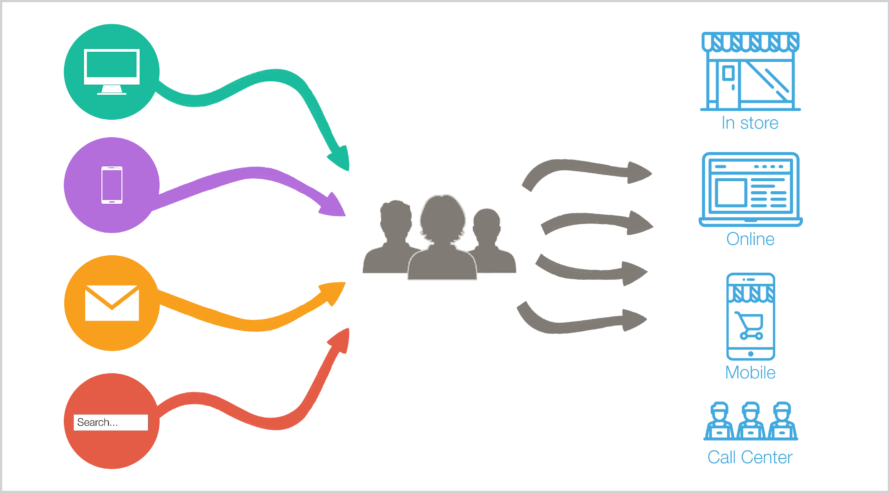By Nicole Parmar
As a marketer, it can be a challenge to keep up with all of the new options, features, and approaches available to you. However, if you’re still using linear or last touch attribution, this is a combination you’re definitely going to want to look deeper into.

What Is Marketing Mix Modeling?
Marketing mix modeling is a type of statistical analysis. It’s used to estimate how different marketing tactics. Effect sales. And, in turn, forecast how future tactics will impact sales too.
The real value of MMM is that it enables you to quantify the impact of multiple different inputs. It helps you understand how each input is contributing to sales and how much you are spending on each input.
With that information, you can ascertain how effective each input is when it comes to your returns. Therefore, MMM is an extremely valuable tool to be using and, if you’re not using it yet, you’re missing out on a big opportunity.
However, marketing mix modeling works best when paired with multi-touch attribution. You should be using both in combination to achieve the best results.
What Is Multi-Touch Attribution?
Multi-touch attribution is a popular marketing technology solution. While advanced, it is very much work any effort you put in to get it set up.
This technique has proven itself time and time again as a strategy for down-funnel metrics, helping you to track what really matters to your business: revenue and opportunities.
It’s easiest to understand MTA in contrast to single-touch marketing attribution which credits 100% of a customer’s purchase to a single marketing touchpoint. That’s a very narrow, and often inaccurate, view of the sales process.
That’s why multi-touch attribution employs a weighted modeling system. This system allocates credit to different influential channels, touch points, campaigns, and keywords. A percentage of the revenue a customer generates is then assigned to multiple touch points that led to their purchase.
How Do They Work Together?
Together, marketing mix modeling and multi-touch attribution will give you a wealth of insights into your campaigns. It’s important that you combine these two functions for the best results. Begin implementing them ASAP so that you can more accurately measure where your revenue is coming from.
By using these two together, you’ll have a much clearer picture of what marketing practices are worth the money you’re spending and even a better understanding of just how much you’re spending on different channels that may not be getting you the returns you previously thought.
The best way to combine these two features is to bring them together in a unified measurement model, or UMM. That will enable you to fill the gaps in your measurements and provide you with in-campaign insights so that you’re able to actually take action based on the data you’re collecting.
Get Started
Begin leveraging the power of these features today and you will undoubtedly see changes in the accuracy, reliability, and actionability of your reports.